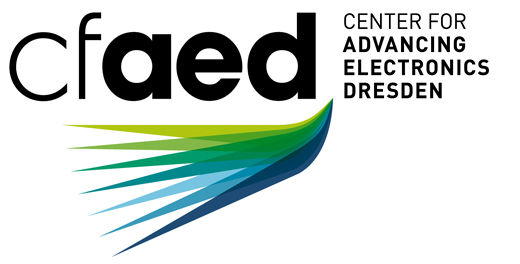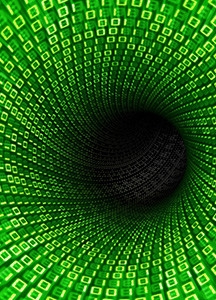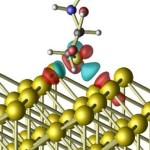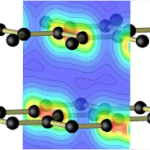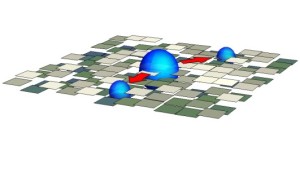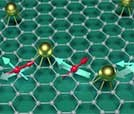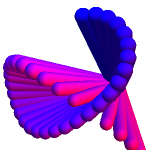From Theory to Numbers
In house developed codes are mainly used but also combined with open source or proprietary software particularly for ab initio part.
Transverse Transport Phenomena
are unconventional responses in the sense that they are transverse to the external fields. Examples include Hall effects, Spin-Hall effects, or transverse thermoelectric effects (Nernst effect) etc. I have developed a linear-scaling approach to simulate such transverse transport on a large scale (millions of orbitals) which allows to have unprecedented insight into the underlying fundamental physics.
Further reading: Phys. Rev. Lett. 2013, Phys. Rev. B 2015


